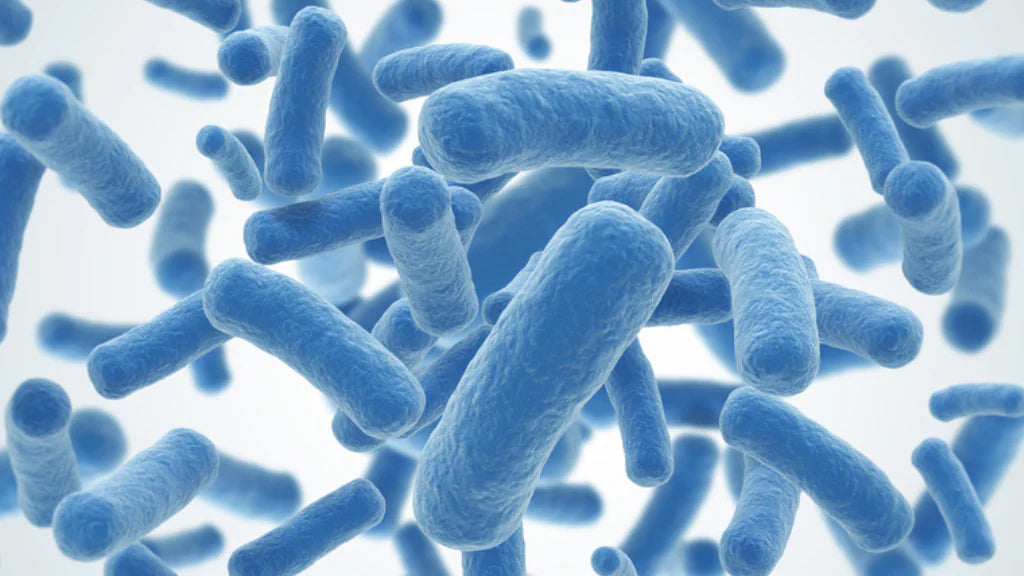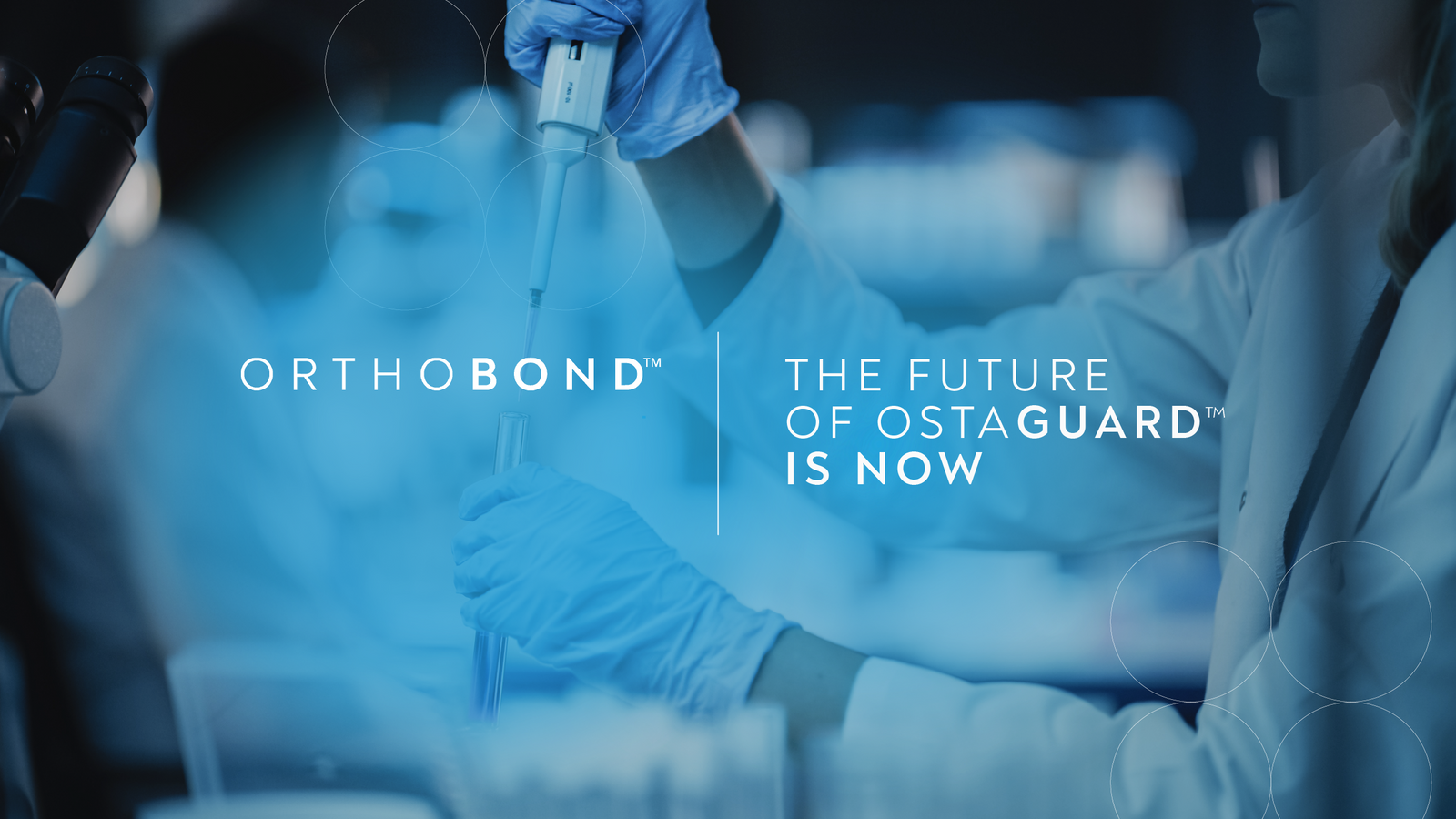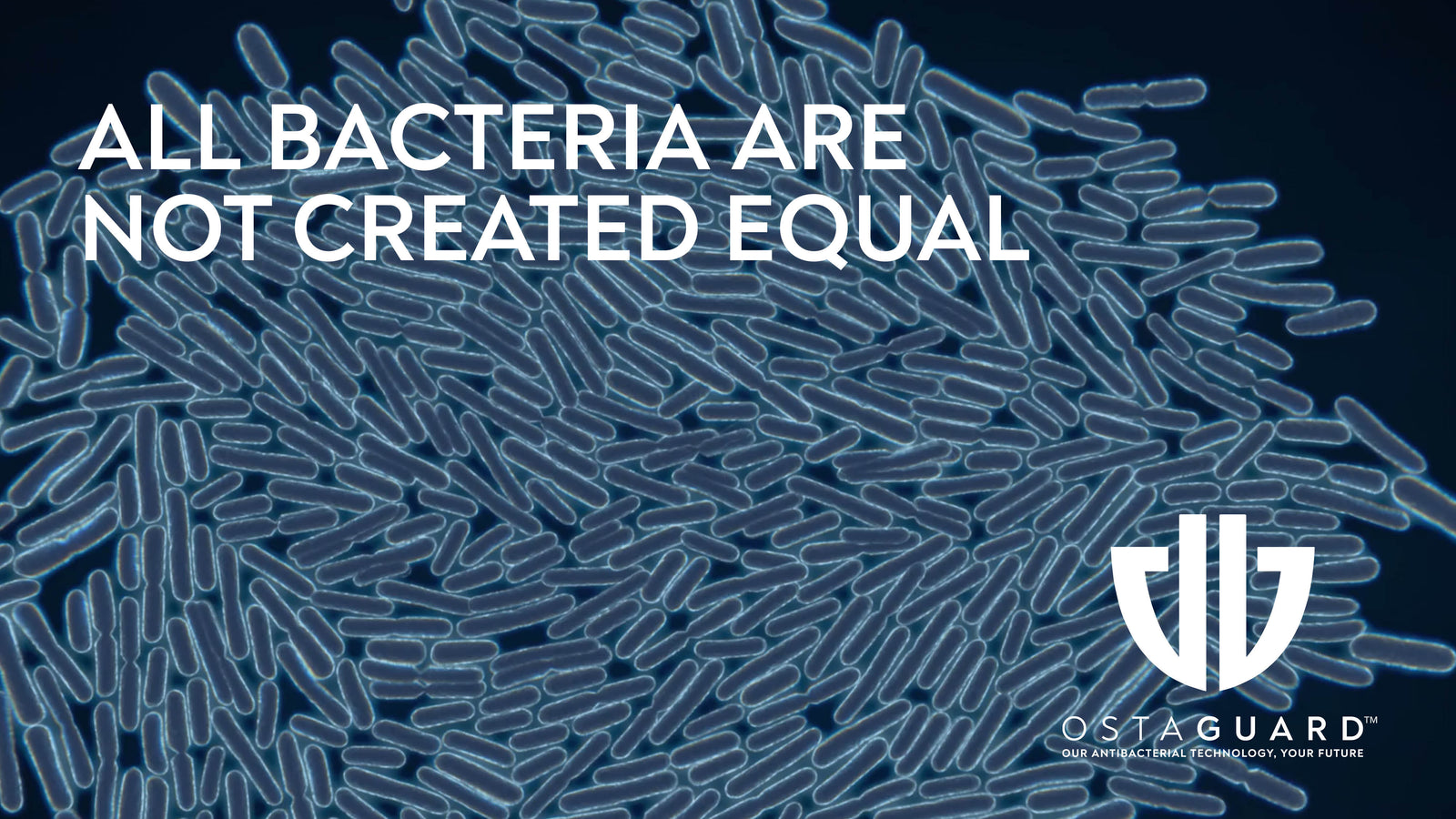
Implantable devices are intended to improve quality of life by restoring lost mobility and eliminating a source of pain. The least desirable outcome for any patient or surgeon is implant failure—which can require revision surgery and cause other serious complications, including death. Studies have shown that between 70% and 100% of explanted failed devices have some degree of microbial contamination.*
Implantable devices can become contaminated with bacteria, fungi, or other microorganisms during surgery due to improper handling or even the hospital’s controlled airflow. Once a contaminated implant comes in contact with tissues and fluids within the body, a potentially dangerous community of bacteria can begin to form on the surface of the device.
The microbes that contaminate a device before it is placed in the body can begin to multiply and colonize the surface after implantation. This complex community of microbes is embedded in a self-produced matrix of proteins, lipids and sugars. This matrix helps protect its microbes from the immune system and antibiotics. A major concern about these microbial films is that they can be antibiotic-resistant, which allows them to persist on the implant surface. This can lead to chronic or recurrent infections even after antibiotic treatment that may require its removal or replacement.
Orthobond understands that implant contamination is one of the most pressing challenges facing the medical community today—and has spent 13 years and $47 million developing its groundbreaking Ostaguard antibacterial surface coating. After being tested on numerous surfaces against 12 microbes that represent nearly all cases of device-related infections, Ostaguard was shown to be highly effective in killing multiple strains of bacteria that could come in contact with an implant in the operating room. FDA-cleared Ostaguard technology safely and effectively kills bacteria by mechanically rupturing pathogens—and without the use of antibiotics.
In addition to the Ostaguard™ technology itself, Orthobond has designed a proprietary application process that allows manufacturers to add this surface treatment to existing devices. Orthobond also guides manufacturers along an accelerated path to market and has the capability to get from contract completion to regulatory submission within 18 months. The company’s facility in the heart of the Northeast Biotech Corridor handles manufacturing, as well as pre-market testing with Orthobond’s established protocol of safety and efficacy tests for FDA-regulated medical devices.
Orthobond is currently working with partners in a variety of areas, including spine, trauma, oncology and neuromodulation. Beyond the medical space, we foresee our antimicrobial surface treatment becoming the gold standard for textiles, high-touch surfaces (such as those in restaurants, labs, elevators, playgrounds and transportation) and everyday product packaging.
Orthobond believes the solution for implant contamination starts on the device’s surface. The first true antibacterial innovation in decades, Ostaguard represents a giant step forward for minimizing and preventing these significant healthcare challenges.
* Darouiche RO. Treatment of infections associated with surgical implants. N Engl J Med. 2004 Apr 1;350(14):1422-9. doi: 10.1056/NEJMra035415. PMID: 15070792.



